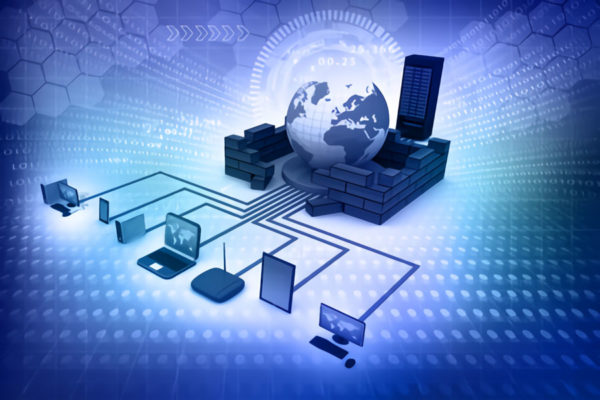Have you ever wondered how your phone chats with your laptop, shares pictures with grandma in another city, or streams that hilarious cat video? It’s all thanks to magic, right? Well, not quite! It’s thanks to something called networking, and learning its basics is like learning a secret language that lets you understand how the digital world talks.
But networking can sound scary, like a complicated maze of wires and jargon. Don’t worry, though! Think of your own home as a network, and suddenly, it’s not so intimidating anymore. Let’s explore!
Chapter 1: The Tale of Connected Devices
Once upon a time, in the magical land of the internet, there lived a multitude of devices – laptops, smartphones, tablets, and more. They yearned to communicate with each other, share information, and work together harmoniously. But how could they achieve this seamless connectivity?
Enter the protagonist, the Network. A network is like a bustling city where devices dwell, sharing information through pathways called data highways. Think of it as the intricate roads that connect houses in a neighborhood. Just as these roads facilitate the movement of people, the network enables the flow of data between devices.
Chapter 2: The Language of Networking – Protocols
In our digital city, devices communicate using a common language known as protocols. Imagine if every house had its own secret language; communication would be chaos! Similarly, devices speak in protocols to ensure a smooth exchange of information.
The most famous protocol family is the TCP/IP (Transmission Control Protocol/Internet Protocol). TCP ensures that data reaches its destination reliably, like a trustworthy postal service, while IP addresses act as the unique identifiers for each device in the network.
Also check: Let’s Learn Statistics
Chapter 3: Meet the Gatekeepers – Routers and Switches
In our digital city, there are two key guardians ensuring order and efficiency – routers and switches.
Routers are like traffic controllers directing data between different networks. Imagine them as decision-makers at intersections, deciding which path data should take to reach its destination. They connect your home network to the broader internet, making sure data finds its way in and out.
Switches, on the other hand, operate within a local network, like the inner roads of our city. They forward data only to the specific device it’s intended for, preventing unnecessary traffic jams and ensuring a smooth flow of information within the network.
Also check: Magic of Probability
Chapter 4: The Great Divide – LAN and WAN
In our digital city, networks can be categorized into two types: Local Area Network (LAN) and Wide Area Network (WAN).
A LAN is like a small neighborhood where devices are closely connected, such as your home network. Devices within a LAN can communicate directly with each other, just like neighbors sharing a backyard fence.
Meanwhile, a WAN spans larger distances, connecting multiple LANs. The internet itself is a colossal WAN, bridging gaps between cities, countries, and continents. It’s the grand highway allowing data to travel globally.
Chapter 5: The Mystery of DNS
Every device in our digital city has a unique identifier – its IP address. But humans find it more convenient to remember names than numbers. That’s where the Domain Name System (DNS) comes into play.
DNS is like a phonebook for the internet, translating human-readable domain names (like www.example.com) into IP addresses. Instead of remembering a string of numbers, we simply type the domain name, and DNS magically directs us to the correct IP address.
Also check: Let’s Learn Algorithms
Chapter 6: The Security Guards – Firewalls
In our digital city, security is paramount. Imagine if anyone could enter your home uninvited! Firewalls act as vigilant security guards, protecting networks from unauthorized access and potential cyber threats.
Firewalls monitor incoming and outgoing data, permitting or blocking traffic based on predefined security rules. They ensure that only the right data gets through, safeguarding the integrity of our digital community.
Chapter 7: Wireless Wonders – Wi-Fi
Picture our digital city evolving into a smart city where devices communicate without physical cables. This wireless marvel is made possible by Wi-Fi technology.
Wi-Fi is like the invisible magic that allows devices to connect without being tethered by cables. It’s akin to the air we breathe, enabling seamless communication between devices within the network.
Conclusion: Navigating the Digital Landscape
And so, our journey through the enchanting world of Networking Basics comes to an end. We’ve explored the bustling city of networks, met its inhabitants, and discovered the protocols, routers, switches, LANs, WANs, DNS, firewalls, and Wi-Fi that make it all possible.
As you embark on your own adventures in the digital landscape, remember that understanding networking basics is the key to unlocking the full potential of your devices. So, whether you’re a curious user or an aspiring IT enthusiast, the knowledge gained in this journey will serve as your trusty map through the vast realm of computer networking. Happy exploring!

Reply